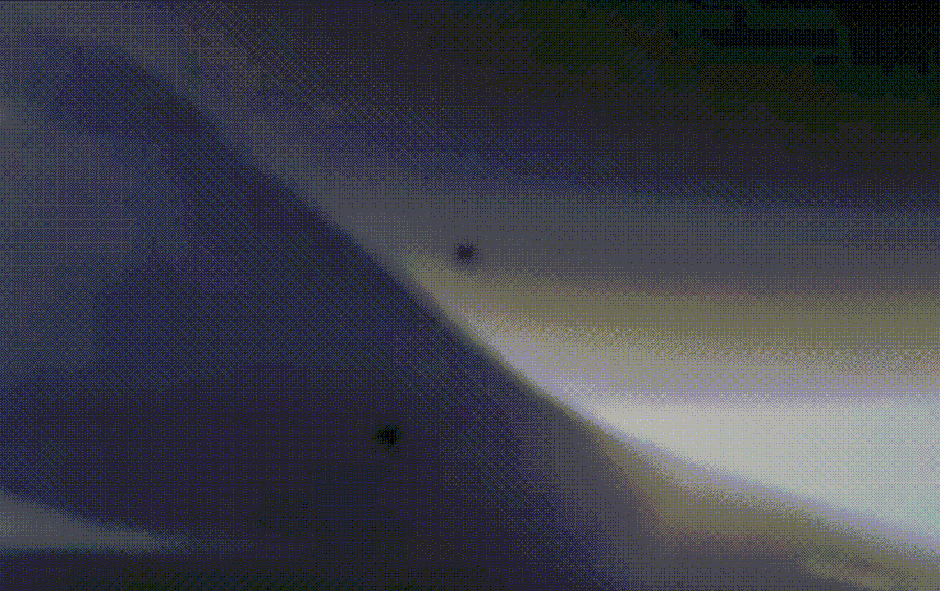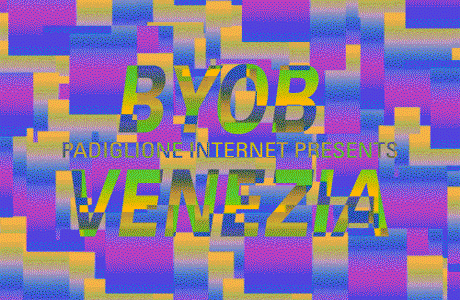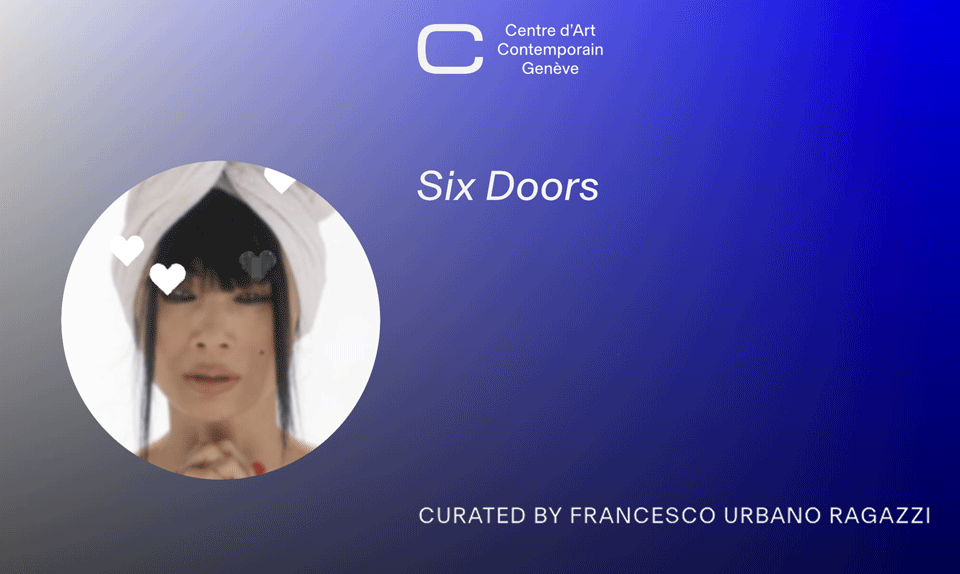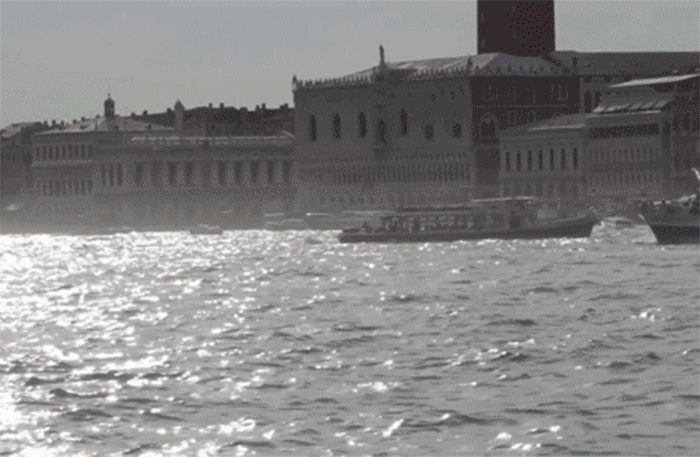Francesco Urbano Ragazzi
Luca Pozzi
Blazing Quasi-Stellar Object
CERN Main Auditorium, Genève
March 29, 2017
Curated by Francesco Urbano Ragazzi
in the framework of the Fermi LAT Collaboration Meeting

A meeting of multi-messenger astrophysics shares the stage with a contemporary artist. On March 29 at CERN, Geneva, Luca Pozzi will present his project Blazing Quasi-Stellar Object organized by curatorial duo Francesco Urbano Ragazzi.
The Fermi Large Area Telescope (LAT) Spring Collaboration Meeting, which every year brings together more than 150 astrophysicists to discuss analysis of data collected by the Fermi satellite telescope, will host the project. The 2017 edition of the meeting will take place in the CERN Auditorium, in the same room that announced the discovery of the Higgs boson to the world.
Luca Pozzi’s art complements this event through a series of performative and environmental interventions that transcend the specific scientific field yet at the same time maintaining an accurate representation of the original concepts. Over the past several years indeed, this Italian artist has had a profound interest and dialog with the most avant-garde physics research institutes of the world. The invitation in this case comes from Luca Latronico and Nicolao Fornengo, two well-known astroparticle physicists from the Italian National Institute for Nuclear Physics (INFN).
Blazing Quasi-Stellar Object is a multimedia work which is structured in a lecture-performance and its complex scenic apparatus: from the sculptural elements which will configure the stage, to the animations projected on the big screen of the auditorium, and the images appearing on the audience’s laptops.
On the first day of the summit, each attendee will receive The Big Jump Theory, a 3-D animated screen saver designed by the artist. This animation expresses an imaginary theory inspired by conjectures of quantum gravity, the recent gravitational wave discovery and the image of the Fermi-LAT gamma-ray sky.
The starting point of the digital work is that of empty space, represented by a grey and white Photoshop checker pattern. Pozzi then breaks this emptiness with the appearance of a “Gravity shoe” in the form of a futuristic running shoe. This object represents an almost primitive technology yet at the same time a contemporary tool for the movement of a body in space. It also symbolizes an energetic object which can be seen as a cross between the big bang and an origin myth. The dynamic movement of a jump results in the emergence of a cyclical universe that folds the fabric of empty space leading to the images of the gamma-ray sky as seen by the Fermi telescope. The Big Jump Theory will be available to view and free to download through the NASA website from the first day of the meeting.
In addition to these digital animations, a series of anodized aluminium panel sculptures will be on display. These sculptures, entitled Fingers crossed, serve to illustrate magnetic fluctuations generated by a pair of ping-pong balls caught the instant before their paths inevitably collide. The auditorium stage will host these works throughout the meeting.
These pictorial panels, arranged in such a way to appear suspended in mid-air, seem to recall in an abstract way the Tiziano painting Bacco e Arianna. Lucca Pozzi in fact provides a close examination of this exact painting during a lecture-performance highlighting his inspiration from this work. Through a rich visual setup of digital animations, videos and slides, the artist guides the audience in an analysis of this late Renaissance masterpiece focusing on the complex stratification of the symbolism present in this painting. The coexistence of information, stories and differing temporal planes draws this painting closer to the frontiers of multi-messenger astrophysics. In the field of multi-messenger astrophysics indeed, a single cosmic event is observed in many different wavelengths providing a wide range of information allowing a unified interpretation to be revealed.
This interdisciplinary work is not based so much on data analysis or the acquisition of a method but on a deep investigation of the aesthetics and nature of information itself. Be it painting or astrophysics, it’s the exchange of information that determines the infinite layers of reality that the human mind can imagine.
Blazing Quasi-Stellar Object inhabits at least two of these layers: the first being the CERN auditorium, experienced solely by the physicists attending the Collaboration Meeting, while the second is via the media and the subsequent documentation of the event. This second layer of existence places this project in The Internet Saga, a platform for artistic research in the information society directed by Francesco Urbano Ragazzi.
Being the fourth episode of the Saga, which started in Venice in 2015, the tale of Blazing Quasi-Stellar Object will unfold through the social channels of the platform and eventually land to the Fermi NASA website and expand through unexplored channels.
04/2017
CREATORS. VICE
L’arte di Luca Pozzi al CERN è un oggetto quasi-stellare
04/2017
L’UOMO VOGUE
Blazing Quasi-Stellar Object al Cern di Ginevra
04/2017
Blazing Quasi-Stellar Obj
04/2017
AQNB
Renaissance paintings + astrophysics
03/2017
NASA blog
The Fermi LAT Instrument Team meets at CERN
03/2017
ARTRIBUNE
Luca Pozzi porta l’arte dentro al CERN di Ginevra




















